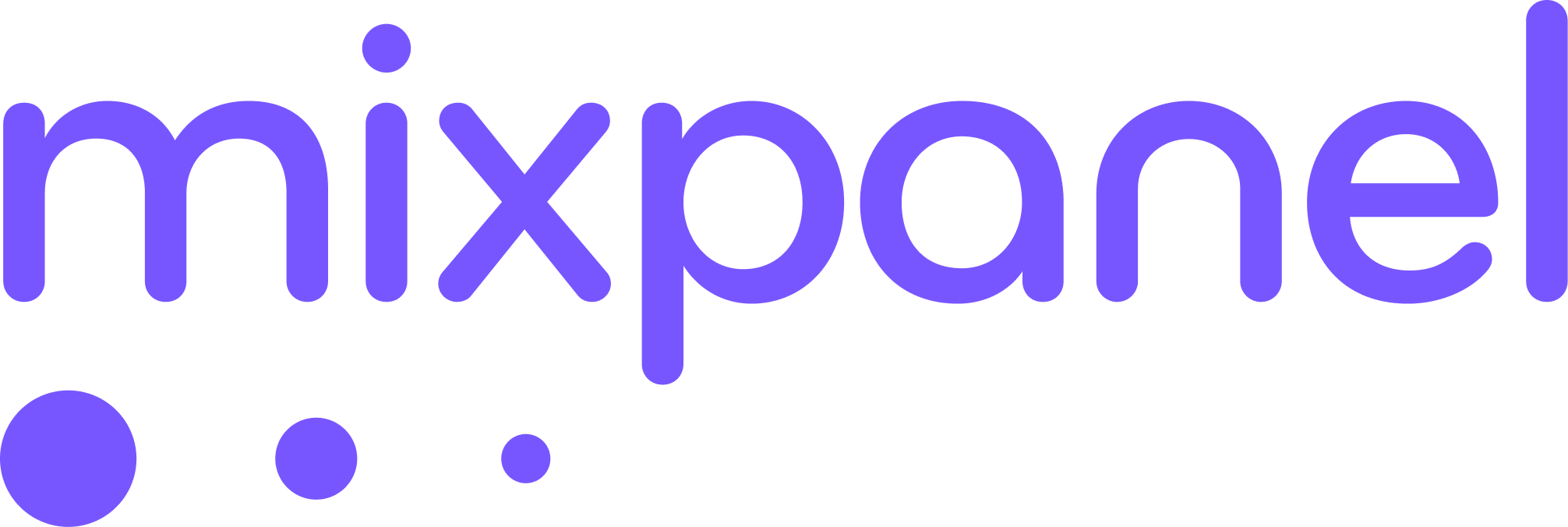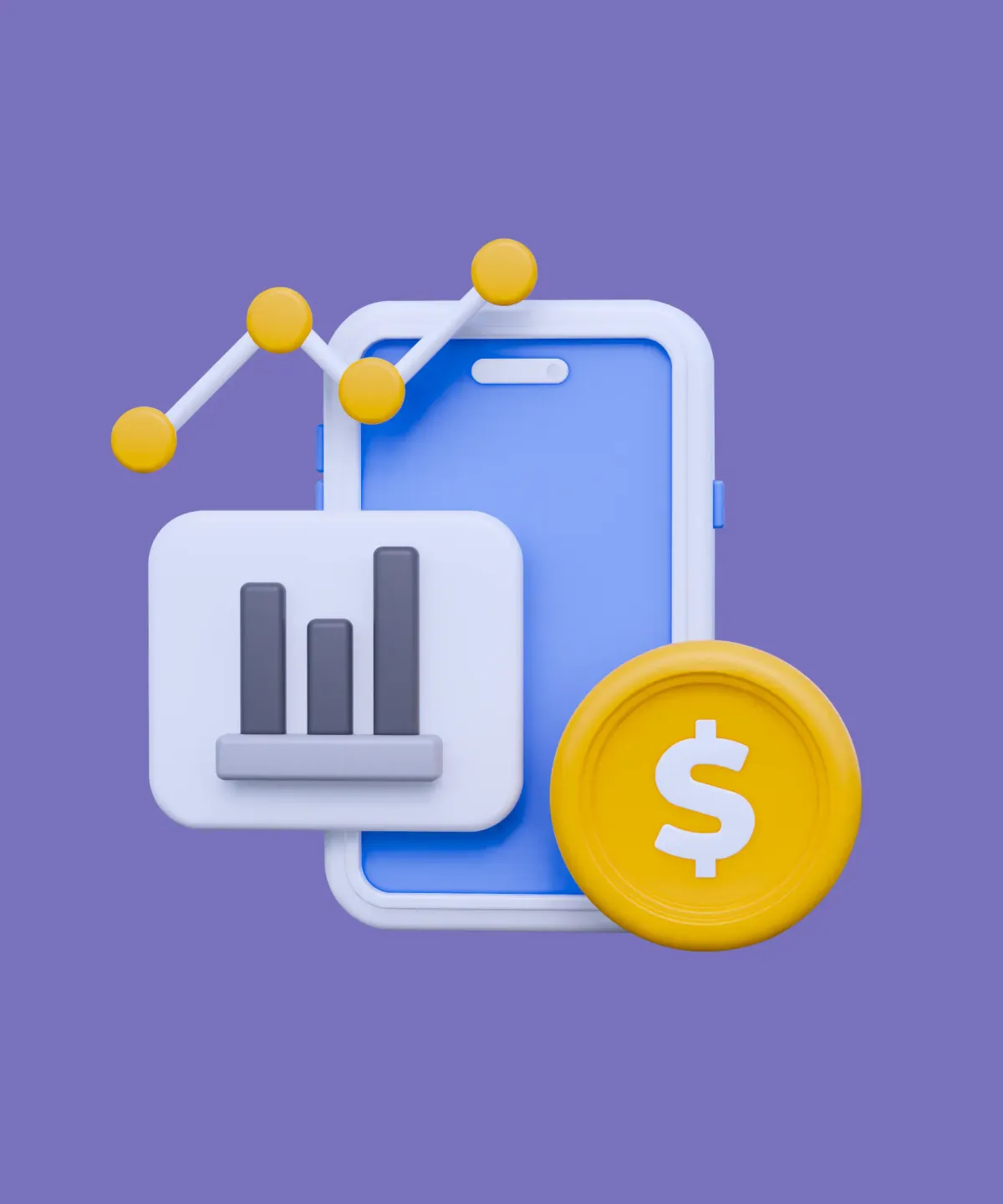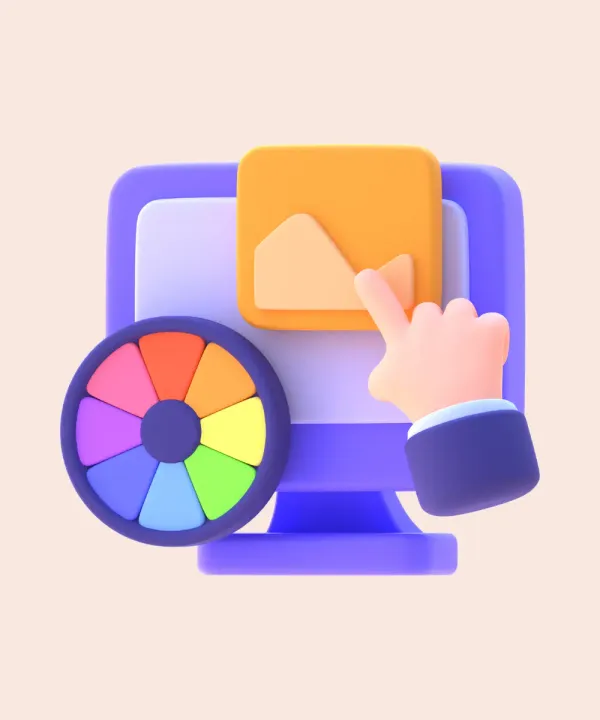In the fast-paced world of mobile applications, developers continuously look for ways to gain a competitive edge, deliver exceptional user experiences, and optimize app performance. One key component that helps achieve these goals is comprehensive app analytics. As a top flutter app development company specializing in cross-platform app development using the Flutter framework, we understand the importance of not only creating high-performing apps but also optimizing them based on user behavior and performance data. Especially when you're getting ready to launch a new app, understanding the analytics landscape becomes extremely critical. As we've detailed in our previous post on 10 Steps to a Successful Flutter Mobile App Launch, comprehensive pre-launch analytics can set the stage for post-launch success. This extended guide will take you through the nuances of Flutter app analytics, explaining its crucial role, diving deep into its components, and illustrating how to implement it effectively using various tools.
Why is App Analytics Important?
Making informed decisions
Understanding app analytics equips developers and stakeholders with crucial data points and insights necessary for informed decision-making. Analytics offer an understanding of how users interact with various app features, highlighting the areas that need improvements or new feature developments. In essence, analytics provide a compass guiding the trajectory of an app's continuous development, thereby ensuring that decision-making is rooted in empirical data rather than conjecture. At WTF, we've developed numerous Flutter apps and know firsthand that data-driven decision-making is pivotal in enhancing the user experience and overall app performance.
Understanding user behavior
App analytics serve as a window into the world of user behavior, providing insights into users' preferences, frequency of interaction with different features, duration of sessions, and even the pain points they encounter. Such understanding can guide the design and development processes, leading to more engaging user experiences and, consequently, greater user retention. With a keen focus on user experience design trends, which we've explored in our post on How to Improve User Experience: Latest UX/UI Design Trends for 2024, coupled with effective analytics, you can create an engaging and user-centric app.
Monitoring app performance
Beyond user behavior, app analytics tool also sheds light on the overall performance of your application. It assists in identifying bottlenecks, crashes, and areas that compromise the smooth functioning of your app. Early detection of such issues through analytics prevents them from escalating and contributing to negative user experiences or reviews.
Components of Flutter App Analytics
Event tracking

Event tracking forms the backbone of understanding user behavior. By tracking specific events, developers can gain insights into what features users interact with, how they navigate through the app, and which functionalities they use the most.
To implement detailed event tracking, one must first identify the events that are crucial for their specific application. Here's an extended list of key events that are generally worth tracking in a Flutter application:
- First Open: When the user opens the app for the first time. This helps identify the effectiveness of your user acquisition efforts and the onboarding process.
- Sign Up: When a user creates an account on your app. Tracking this can help identify conversion rates from mere visitors to registered users.
- Login and Logout: Monitoring these events can help understand user session frequencies and durations.
- Feature Interaction: Identifying how users interact with various app features. For example, if you have an e-commerce app, you might want to track events related to item searches, adding items to a cart, or initiating a checkout.
- Purchases: It's essential to track when users complete a purchase. This provides direct insight into your revenue generation.
- User Preferences: Observing user-selected settings and preferences within your app helps tailor user experiences more effectively.
- Errors and Crashes: Keeping track of these events can aid in swift bug identification and resolution, thus ensuring a smoother user experience.
User segmentation

User segmentation involves categorizing users into specific groups based on various parameters like behavior, demographics, geographical location, and device type. This can guide targeted engagement strategies and personalization efforts.
Here's an elaboration on how you can carry out advanced user segmentation:
- Identify Segmentation Criteria: Start by determining the key characteristics you want to categorize your users by. These can include age, gender, geographical location, device type, frequency of app usage, or other behavior-based characteristics.
- Collect and Analyze User Data: After identifying the criteria, collect data relating to these characteristics. This might involve implementing specific tracking events to collect new data or analyzing existing data.
- Create User Segments: Based on the collected data and analysis, you can create distinct user segments. Remember, user segmentation is dynamic and should be updated periodically as user behaviors evolve over time.
- Implement Segmentation-Based Strategies: Now that you have well-defined user segments, you can create customized strategies for each group. This could include personalized marketing campaigns, A/B testing for different segment responses, or even tailored app features for certain user groups.
Crash and performance analytics

Crash and performance analytics help identify and troubleshoot performance-related issues in your application. This component of analytics keeps your app in optimal health, ensuring a seamless user experience.
Performance metrics
Here's an in-depth look at the crucial performance metrics to monitor:
- App Crashes: Tracking the number, frequency, and the sections of the app where crashes occur can help you pinpoint potential bugs or other issues.
- App Latency: This refers to the delay users experience while your app performs certain tasks or loads content. High latency can lead to user frustration and app abandonment.
- Network Errors: Network-related errors can severely affect your app's usability. Monitoring these can help you ensure your app works well across various network conditions.
- Device and OS Performance: Understanding how your app performs across different devices and operating systems can help optimize its performance and improve compatibility.
Exploring Best Analytics Tools
While there are many tools available for app analytics, we'll focus on four key players in this space: Google Analytics for Firebase, Flurry, Mixpanel, and Amplitude. Each of these platforms boasts unique features and capabilities, providing a detailed account of their features, advantages, and a comparison to help you choose the one that fits your needs the best.
Google Analytics for Firebase

Google Analytics for Firebase is a comprehensive app measurement solution that enables you to analyze app usage and user engagement. Its integration with other Firebase services makes it a convenient tool for your Flutter app.
Main features:
- Event Tracking: Google Analytics allows developers to track specific user interactions within the app, offering insights into user behavior and preferences.
- User Segmentation: Google Analytics enables segmentation of users based on various parameters like activity, demographics, device specifications, etc., aiding in targeted user engagement.
- Crash Reporting: Google Analytics provides detailed crash reports to help developers swiftly identify and rectify issues.
Pros:
- Google Analytics is free to use, making it a great choice for startups or businesses with tight budgets.
- It offers easy integration with a wide range of platforms, including Flutter.
- The platform provides demographic data such as age, gender, and location, which can be valuable for targeted marketing.
Cons:
- The user interface can seem complex and overwhelming for beginners.
- Limited customizability compared to other platforms.
Flurry

Flurry, a product by Yahoo, is an end-to-end analytics tool that provides comprehensive insights into app performance and user behavior. It's an ideal choice for both small businesses and larger enterprises due to its scalability and wide array of features.
Main features:
- Event Tracking: Flurry allows developers to track specific user interactions within the app, offering insights into user behavior and preferences.
- Funnel Analysis: This feature helps you identify bottlenecks in the conversion process, which can assist in improving user conversion rates.
- User Segmentation: Flurry enables segmentation of users based on various parameters like activity, demographics, device specifications, etc., aiding in targeted user engagement.
- Crash Reporting: Flurry provides detailed crash reports to help developers swiftly identify and rectify issues.
Pros:
- Flurry is free to use, making it a great choice for startups or businesses with tight budgets.
- It offers easy integration with a wide range of platforms, including Flutter.
- The platform provides demographic data such as age, gender, and location, which can be valuable for targeted marketing.
Cons:
- The user interface can seem complex and overwhelming for beginners.
- Limited customizability compared to other platforms.
Mixpanel

Mixpanel is a powerful user analytics platform that provides detailed insights into how users interact with your application. Its focus on user behavior makes it a popular choice for businesses prioritizing user engagement and retention.
Main features:
- Event Tracking: Mixpanel provides robust event tracking capabilities, providing insights into individual user actions within your app.
- Funnel Analysis: Mixpanel helps in understanding the user journey, tracking users as they complete a series of steps or events in the app.
- Retention Analysis: This feature helps understand how often users return to your app after their initial visit.
- A/B Testing: Mixpanel allows you to test different versions of your app with subsets of your users to understand which version performs better.
Pros:
- Mixpanel's data visualization is user-friendly and intuitive, making it easy for developers to understand and analyze user behavior.
- It provides real-time updates, so you can immediately see the impact of changes made to your app.
- The platform supports targeted communication, letting you send messages to users based on their behavior within your app.
Cons:
- There's a steep learning curve due to the extensive features it offers.
- Higher tiers can be expensive for small businesses or individual developers.
Amplitude

Amplitude is a product intelligence platform designed to help businesses track user behavior in their applications. It's well-suited to businesses looking to optimize user engagement and conversions.
Main features:
- Behavioral Cohorting: Amplitude allows you to group users based on behaviors they have in common, aiding in the development of targeted strategies.
- Micro-Funnel Analysis: This feature allows you to dissect user journeys into smaller steps to identify where users drop off.
- Retention Analysis: Amplitude helps you understand how often users return to your app and what keeps them coming back.
- Revenue Tracking: This feature is especially useful for e-commerce apps, helping track and analyze revenue generation.
Pros:
- Amplitude's platform focuses on collaborative analytics, with shared dashboards and data notebooks that encourage team collaboration.
- It provides predictive insights, which can help you forecast future user behavior and app performance.
- The platform seamlessly integrates with a host of marketing and data tools, making it a flexible choice for businesses with existing tool ecosystems.
Cons:
- The complex feature set can be overwhelming for beginners.
- Could be expensive for smaller businesses.
Comparing Analytics Tools
While all four platforms offer robust analytics solutions, they each have unique advantages.
Google Analytics for Firebase is a comprehensive app measurement solution that enables you to analyze app usage and user engagement. Its integration with other Firebase services makes it a convenient tool for your Flutter app. It's free to use, making it a great choice for startups or businesses with tight budgets. However, the user interface can seem complex and overwhelming for beginners, and it offers limited customizability compared to other platforms.
Flurry is an excellent choice if you're looking for a free analytics solution that offers a wide range of features. It's particularly useful if you're also interested in leveraging Yahoo's advertising tools. Its straightforward interface make it an excellent choice for startups and smaller businesses.
Mixpanel stands out for its user-friendly interface and robust analytic features, particularly for user engagement. Its ability to send targeted messages based on user behavior can be a game-changer for apps focusing on personalized user experiences. Mixpanel's real-time updates and A/B testing capabilities make it a powerful tool for businesses that iterate and update their apps frequently.
Amplitude shines when it comes to providing deep-dive insights into product usage. Its advanced capabilities make it ideal for large-scale applications that deal with large data sets. Amplitude's collaborative and predictive capabilities make it a suitable choice for larger teams looking for more strategic, long-term insights.
In essence, the choice between these platforms depends largely on your specific requirements, the scale of your application, and your budget. Each tool offers unique advantages and has certain limitations. Therefore, it's worth spending time understanding these platforms before deciding which one aligns best with your analytic needs.
Implementing Flutter App Analytics
Now that we've reviewed the best analytics tools, let's take a look at how you can implement Flutter app analytics on the example of one of the most popular options – Google Analytics for Firebase.
Here's a step-by-step guide to setting up Firebase Analytics for your Flutter app:
- Create a Firebase Project: Visit the Firebase console and create a new project.
- Add Your App to Firebase: Add your Flutter app to your Firebase project. You will need your app's package name, which can be found in your
pubspec.yamlfile. - Add Firebase SDK: Add the
firebase_coreandfirebase_analyticsdependencies to yourpubspec.yamlfile. - Initialize Firebase: In your main Flutter file, initialize Firebase using
await Firebase.initializeApp();. - Implement Firebase Analytics: You can now use Firebase Analytics in your Flutter app to track user behavior, app performance, and other vital metrics.
Conclusion
In a data-driven business environment, app analytics is a game-changer for mobile applications. That's why, as a leading agency specializing in flutter mobile app development, we place great emphasis on leveraging app analytics. By providing insights into user behavior and app performance, Flutter app analytics serves as a lighthouse, guiding your app's development journey towards success. Armed with data and insights, you can make informed decisions, refine your app, and provide a seamless, enjoyable user experience. Regardless of the tools you choose for app analytics, remember, it's the insights you derive and the actions you take based on those insights that truly make the difference.
By now, you should have an in-depth understanding of Flutter app analytics and its implementation. With constant tracking, testing, and refining, you can ensure your Flutter app sails smoothly towards success in the ever-evolving digital sea.












